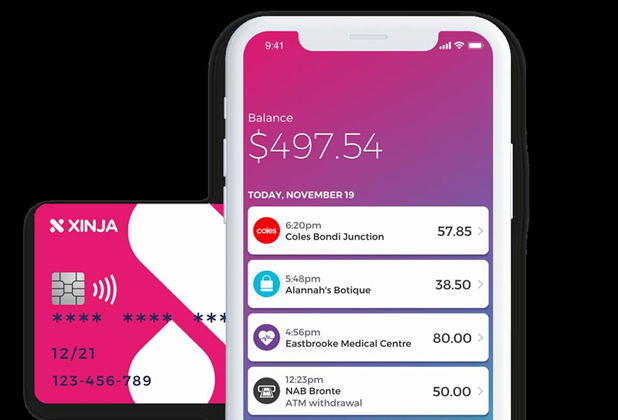Australian neobank Xinja is expecting to double in size in the next three-to-six months as its technology and business functions scale-up to meet future needs once it transitions to a fully-licensed bank.

The digital bank has doubled in size to around 40 staff since July last year, with about half of those in technology-related roles.
It will now double again within an even shorter period of time, program director Vanessa McNamara told iTnews on the sidelines of SAP’s Sapphire Now 2019 conference in Florida.
“We are absolutely needing to build out our capabilities because we’re getting very close to being a bank and we need the cavalry to come,” McNamara said.
“We’ve doubled since I started and we’re going to double again in the next three-to-six months.”
McNamara joined in July last year to lead work bedding down SAP’s S4B core banking system.
Work enabling Xinja’s deposit products is now largely complete, save for “one more tiny release”, McNamara said.
Meanwhile, Xinja is piling internal resources behind forthcoming work to define and build the systems that will underpin its lending products.
It is also in the process of assembling its own internal application development team, insourcing some functions that were previously performed by technology partners.
“From a development point of view, we’ve always had partners who have done all our app development,” McNamara said.
“We’re now hiring our own team and bringing some of that development in-house.
“We’ve got a head of application development now, and we are building up a whole engineering team with devs, QAs, and testers in that space as well so we can take more ownership of that IP.”
Among other major technology roles that Xinja is still trying to fill, McNamara listed a head of data as well as the bank’s first CISO.
The number of new hires is a welcome sign for those that had been building up Xinja’s systems from early on.
“We’ve been working so lean and at such a rapid pace that it’s nice to bring in a few new members to the family to help us scale now,” McNamara said.
“It’s time for us to scale. We’ve reached that point where we need to build the team so we can push forward.”
Many people coming to Xinja were from the ‘Big Four’ banks. “People are understanding the revolution and the journey we’re on,” McNamara said.
Xinja remains focused on building out a microservices layer above the SAP core banking system, which will essentially house most - if not all - of the future technology and product innovation that Xinja winds up pursuing.
“The plan is we’re going to build [the core] and once we’ve got it working and doing the fundamentals - I’m not saying we’re never going to touch it, we’re going to want to tweak it - but we’re going to be doing all of our innovation up [in the microservices layer],” she said.
“We are doing things probably a little bit differently from even what SAP is used to because we’re not necessarily using the tools the way they’re probably used to them being used.”
Xinja was authorised as a restricted authorised deposit-taking institution (RADI) at the end of last year.
It now has up to two years to either transition to a full license or to exit banking altogether. It is aiming to convert to a full ADI license “as early as possible in 2019”, subject to regulatory approval.
“The RADI effectively means we can call ourselves a bank,” McNamara said.
“We could have gone down the path to be able to have a very limited number of accounts with family and friends [live on our system, but] we chose not to go through the extra regulatory hurdles to do that.
“We’ve instead focused [our efforts] on achieving our full ADI license.”
Ry Crozier is attending SAP’s Sapphire Now 2019 conference in Orlando as a guest of SAP.


_(22).jpg&h=140&w=231&c=1&s=0)

.png&h=140&w=231&c=1&s=0)




_(26).jpg&w=100&c=1&s=0)

 iTnews Executive Retreat - Security Leaders Edition
iTnews Executive Retreat - Security Leaders Edition












_(1).jpg&h=140&w=231&c=1&s=0)



